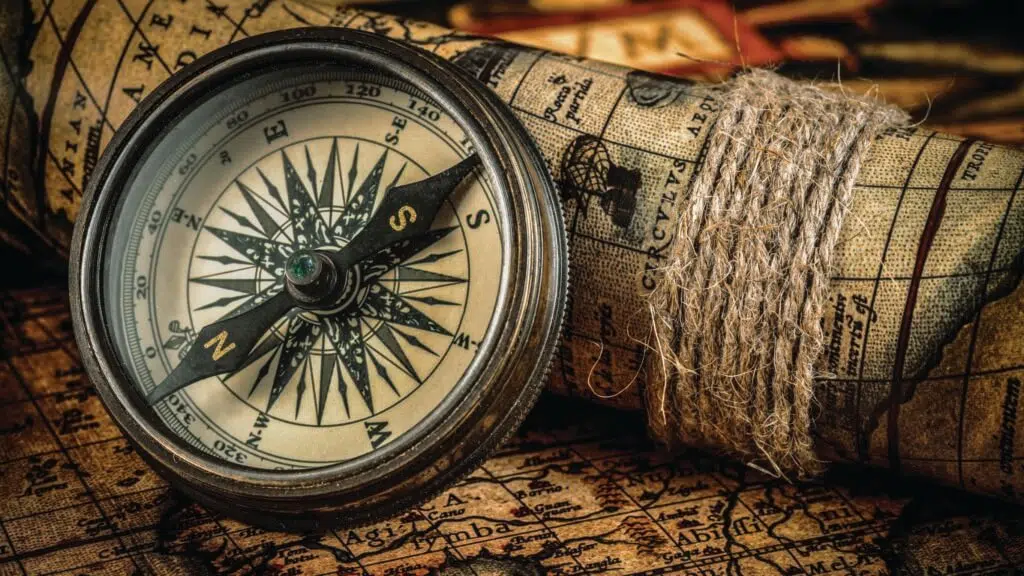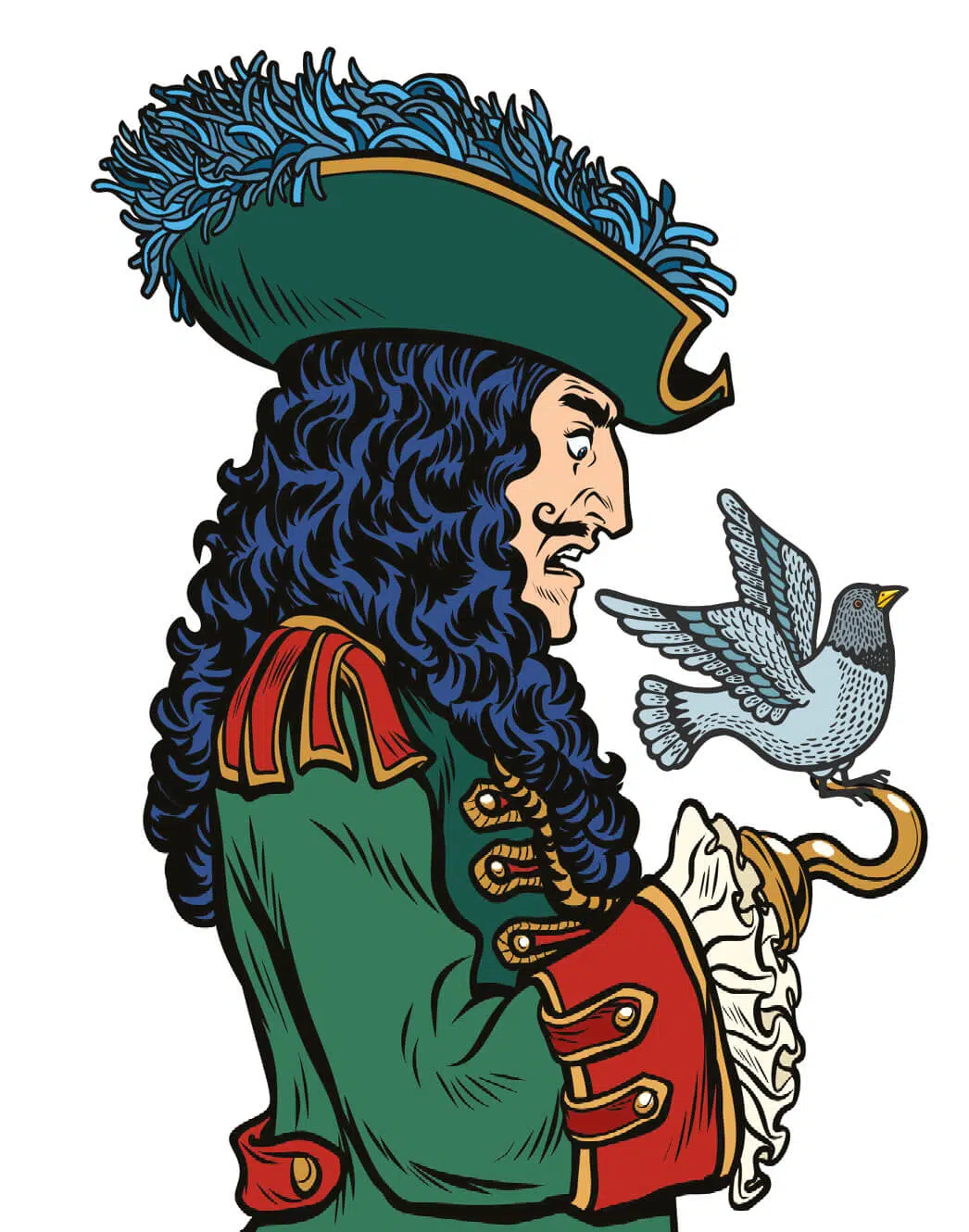In the first article of this series, “The Cheshire cat’s question” (The Dairy Mail, November 2020), I suggested that we need to understand the ‘WHY’ behind our actions. This gives meaning and purpose to our endeavours and helps us get ahead. In addition, clear business goals give direction. A master plan is all about knowing your business environment and having a plan to get there.
There is a wonderful scene in the animated film, Rango, where the posse saddles up and enthusiastically rides out after a band of outlaws. Several miles onwards, one of the riders asks the leader where they are bound for. The next scene takes place at sunset and we see the dejected posse returning home, having spent the whole day in the saddle going nowhere in particular. The point of this scene is that passion, and the drive to apply it, are essential starting points, but we invite frustration and disappointment when we fail to plot our course.
I have just finished reading Incredible Journeys: Exploring the Wonders of Animal Navigation by David Ogilvy Barrie – a fascinating book on animal navigation. Among the many amazing examples, I found strong analogies between feats of navigation and the principles that guide most businesses.
Lesson one: the humble pigeon
The longest homeward flight of any homing pigeon took place in 1937, from Arras, France, to Saigon, Vietnam. The bird was completely unfamiliar with the route, yet flew in a straight line for 24 days, covering a distance of 7 200 miles (almost 12 000 km). How do homing pigeons do it? Being the lab rats of the avian world, pigeons have been studied more than any other bird. Alongside some amazing biology, pigeons have an almost supernatural sense of hearing. They can detect infrasound at frequencies as low as 0,05 Hz. This is the type of sound that travels hundreds if not thousands of kilometres.
What, you may ask, makes sounds in this range? Standing waves in the ocean, weather reacting with mountain ranges, volcanic eruptions, and vibrations of the earth’s crust all fall into this range. With their incredible hearing, it is convincingly argued that pigeons form mental sound maps of truly vast areas, allowing them to locate and orient themselves across thousands of kilometres and find home. A homing pigeon always knows where it is located in a landscape; it has a clear goal (its home loft), and it always knows which way to go.
Lesson two: the swashbuckling pirate
Almost the entire globe was discovered without the use of the global positioning system (GPS). Take a moment to let that fact sink in. No Google maps, no pins drops, just maps, compasses, and skill. Some of the most widely travelled seafarers were pirates. So how did a pirate find his way to port across a vast empty ocean devoid of landmarks (or Google maps) to guide him?
They used the skies; the sun by day and the stars by night. They used knotted rope trailed behind the ship to gauge their speed, which is why nautical measurements of speed are given in knots. They used sextants and maps, compasses and complicated tables to find their way safely across the oceans. They measured their progress and rigorously applied their skill as if their lives depended on it, as they surely did. Readings were taken and compared with their chosen destination, and their course was then adjusted accordingly.

Where do you fit in?
As a business owner, like the pigeon, you need to understand your position in relation to your environment. Don’t stick with the same crowd that will reinforce your hackneyed methods; seek out new voices that might give you a fresh perspective. Understand what is and isn’t possible. Know where you are in relation to the bigger picture of agriculture and economics, and benchmark yourself against industry norms. Follow your ‘WHY’ and aim for a distant target. Make it so big, so audacious, that you will never reach it alone. Then, surround yourself with people who will propel you forward. Identify your home loft and start heading there.
Then it’s time to let your inner pirate take over. Set yourself measurable goals. If you want to double your business turnover in the next five years, you will need to add 20% every year, or 10% every six months, or 5% every quarter. Use your skill and your team to define what needs to be measured, then, rigorously measure your progress as if your livelihood depends on it, as it surely does.
If you know where you are, and where you are headed, you are doing better than most. Your business goals give direction. Now, apply your skill and use your support team to advance towards these distant goals.
Another great leadership reminder by Peter Hughes was recently published in Farmer’s Weekly, entitled: “Lessons in leadership from the virus“.
Alex Jenkins is a technical specialist in the ruminant team at Chemuniqué and holds a master's degree in animal science from the University of KwaZulu-Natal.











Excellent article, Alex, interesting reading.
Well done.